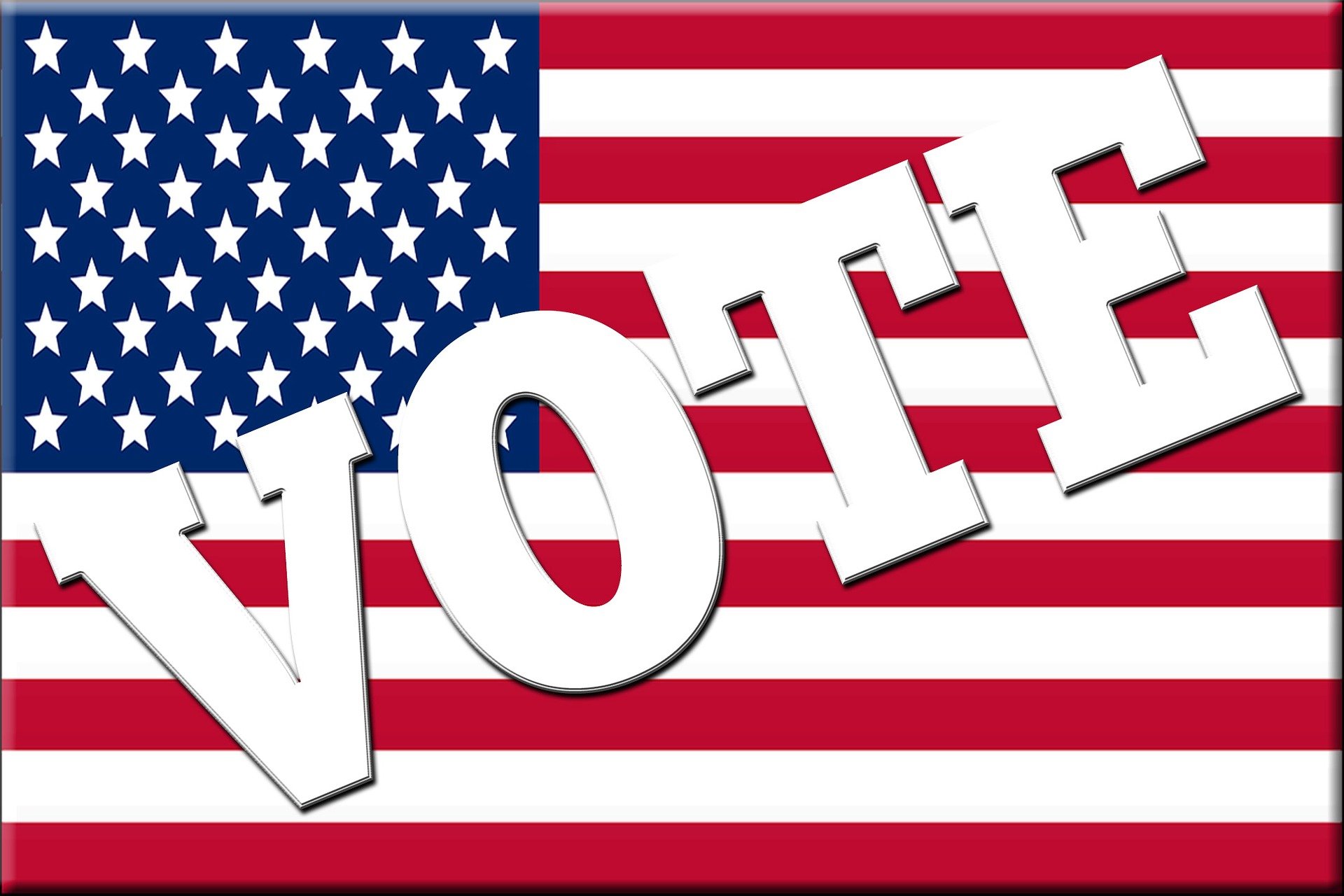
Let’s be real, most folks don’t sprint to their mailbox excited to open a voter info pamphlet. Unless there’s a coupon inside (spoiler: there never is), they’re more likely to skim the first page and toss it in a pile next to last year’s takeout menus. That’s where voicing informative voting guides comes in. When voting instructions are delivered in a dry, robotic voice, or worse, crammed into a PDF with 12-point font, it’s no surprise people tune out. But give that same info a relatable, steady voiceover? Suddenly, it's less “civic chore” and more “OK, I actually get this now.” Voice actors have a secret weapon when it comes to guiding voters: we know how to keep people listening.
Think of it as a user manual for democracy. Only instead of explaining how to assemble a bookshelf from Sweden, it’s walking you through how to vote without needing a law degree. These guides lay out the who, what, where, when, and how of elections. So, who’s running, what the ballot measures mean, how to register, where to vote, and why you shouldn’t wait until the last minute. When they’re voiced well, they actually work. People feel informed instead of overwhelmed. Which, let’s be honest, is no small feat in election season.
Imagine you’re scrolling social media and a video pops up titled “How Ranked-Choice Voting Works.” Do you:
A) Watch it all the way through because the narrator is explaining things like a chill friend who’s got your back
B) Immediately skip it because it sounds like the voice from your GPS saying “recalculating” for the fifth time
Exactly.
Voicing informative voting guides isn’t about hyping up a message with bells and whistles. It’s about making sure people don’t click away. It’s keeping them engaged without lecturing. It’s clear, neutral, and occasionally even fun (yes, you can sneak in a smile while explaining ballot deadlines).
You’ll hear these kinds of guides in all sorts of places such as public service announcements on the radio, animated explainer videos on YouTube, social media campaigns targeting young voters and even voice prompts on voter hotline systems. They all need a voice that can walk the line between calm and confident, informative and approachable. For example, a nonprofit might produce a short video explaining how to get a mail-in ballot for voters living overseas. Or a city council might run a campaign to boost voter turnout by reminding people to double-check their polling location. That’s not exactly Oscar-winning material, but a good voiceover can make the message stick.
If you’re a voice actor stepping into this space, here’s the deal: you don’t need to sound like Morgan Freeman. You don’t need to sound like Siri, either. The goal is to sound like a person. A nice, trustworthy one. The kind of person who could talk you through assembling IKEA furniture without making you cry. Pace matters. So does tone. Too fast and you lose people. Too flat and you lull them to sleep. The magic is in making the complicated stuff feel simple, and the important stuff feel doable.
Voicing informative voting guides isn’t glamorous. There’s no red carpet for “Best Performance Explaining Voter ID Laws” but it is meaningful work. These projects help people participate in something that actually affects their lives. Sure, maybe you’ll never hear, “Wow, I only understood early voting because of that amazing voiceover,” but that doesn’t mean your work didn’t make a difference.
Voicing Informative Voting Guides by Alan Shires